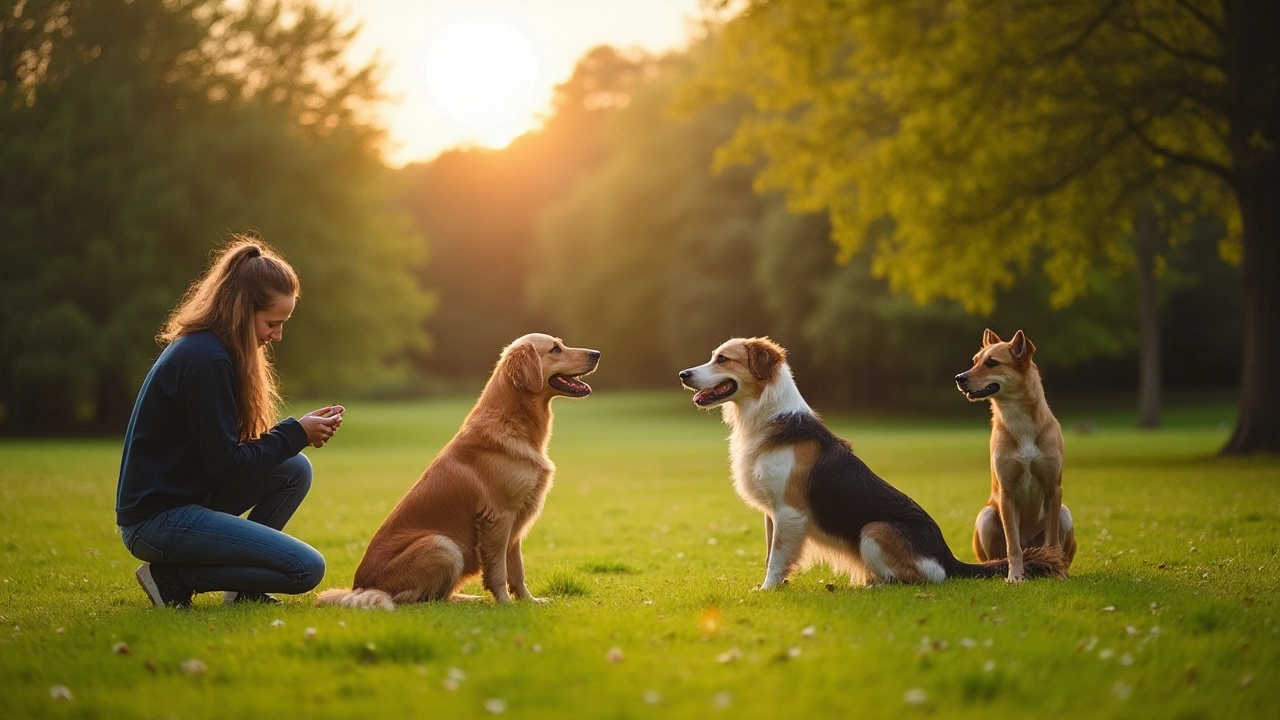Training Tips That Actually Work for Your Dog
Got a new pup or an older dog that needs a little extra guidance? You’re not alone. Most owners struggle with the same basics – house training, leash pulling, and keeping calm on trips. The good news is that a few simple habits can turn chaos into routine. Below are the most useful tips you can start using today.
Basic Commands and Leash Training
Start with the three foundation commands: sit, stay, and come. Use a treat you know your dog loves, hold it just above the nose, and reward the moment the action happens. Keep training sessions under five minutes so the dog stays interested. Repeat the same cue each time; consistency beats length.
Leash pulling is a common frustration. The trick is to stop moving the moment the dog lunges forward. Stand still, wait for the leash to slack, then reward the calm walk. Over time the dog learns that pulling doesn’t get it anywhere, while walking nicely gets treats.
Calm Travel and Stress Management
Travel can spike anxiety, whether it’s a car ride or a flight. Begin by letting your dog explore the carrier or crate at home. Place a familiar blanket inside and let the pup sniff and settle in. Short, frequent visits build a positive association.
Before a flight, give your dog a light snack about two hours out and limit water right before boarding. A short walk right before the trip burns excess energy, making the journey smoother. If your dog tends to get nervous, a vet‑recommended calming collar or a bit of Greek yogurt (plain, no sweetener) can help ease the nerves.
Crate training at night is another easy way to boost security. Cover the crate with a light sheet if your dog seems shy – it mimics a den and reduces distractions. Make sure the crate is big enough for the dog to stand, turn, and lie down comfortably.
Grooming often triggers stress. Use a calm voice, give treats during each step, and keep sessions short. If the dog starts to whine, pause and resume only when it settles. Over time the dog learns grooming is just another part of the day.
Finally, remember that every dog learns at its own pace. If a tip doesn’t click right away, give it a day or two before trying again. Consistency, patience, and a few tasty rewards go a long way toward a well‑behaved companion.
What Age Should a Dog Be Trained? Key Facts and Practical Tips
Wondering when to start training your dog? This article breaks down the best age to begin, explains early learning stages, and shows what matters more than the dog’s age. Get real tips for raising a well-behaved, happy pup and discover how timing can make life smoother for both of you.
Optimal Length for Effective Dog Training Sessions
Training a dog effectively hinges on the duration and quality of each session. Striking the right balance can significantly influence learning and retention in dogs. This article explores how long training sessions should ideally last to keep dogs engaged and motivated. It also offers insights into tailoring sessions according to your dog’s age, breed, and attention span, ensuring each session is both productive and enjoyable for your furry friend.

